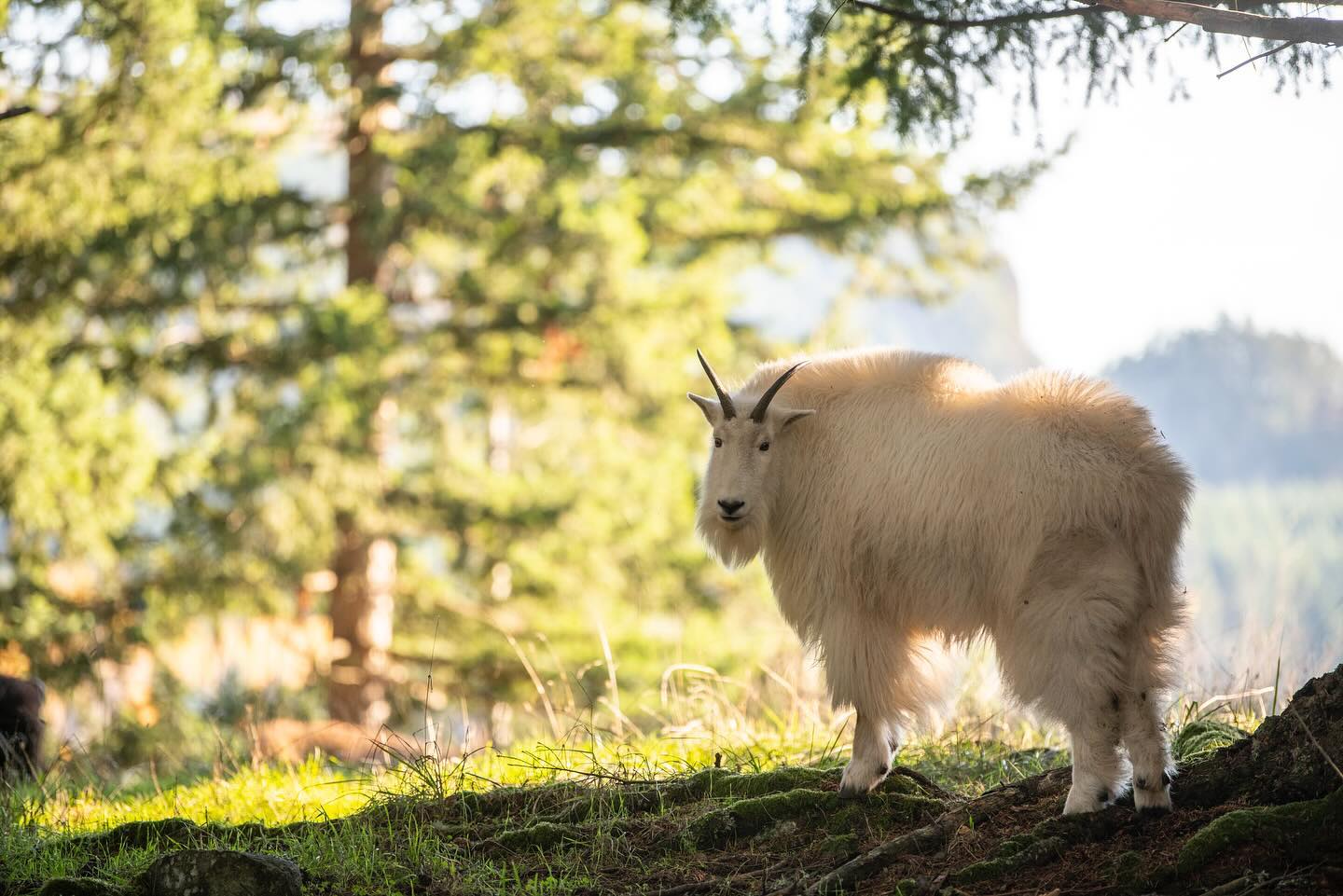– Discovering the winter behaviors and adaptations of animals during December’s sunny days
– Exploring the health and mood benefits of spending time outside in the sunshine, even in winter
– Investigating the role of zoos and wildlife preserves in conservation and education during the winter months
It’s that time of year again when the air has a crispness that signals the coming of winter, yet the sun asserts its warmth, defying the season’s chill. Beautiful sunny December days are a treasure worth exploring, not just for how they affect us but for the fascinating ways they impact the world around us, particularly the animals and environments we might think are in hibernation mode.
What happens with wildlife when the winter sun decides to stake its claim in the sky? Stroll through the natural world, and you might be surprised by the flurry of activity. Great and small creatures continue their daily hustle, adapting intriguingly to make the most of these shorter days.
Birds, for instance, may seem like they would all head south, but many stay put, fluffing their feathers to trap warm air closer to their bodies, like nature’s own down jacket. Some, such as the ever-adaptable chickadee, even change their brain structure to remember the locations of food caches. This neuroplasticity is akin to upgrading their internal GPS systems for the winter season.
Then there are the mammals, the fur-clad denizens of the woods. Deer, sporting their thickened winter coats, browse the sunlit clearings for whatever greenery they can find. They’re not just searching aimlessly, either. These ungulates use the sun’s rays, moving throughout the day, to stay warm while foraging.
Suppose you’ve ever visited a zoo on one of these sun-kissed December days. In that case, you might have noticed the animals exhibiting behaviors different from the sweltering summer heat. Large carnivores like lions and tigers, often prone to lethargy in high temperatures, become more active, providing a glimpse into their more natural behaviors that one might observe in the wild during cooler seasons.
But sunny December days are not just a boon for the animal kingdom. They offer humans considerable benefits as well. Sunlight is a natural mood enhancer, and even in the heart of winter, stepping out under the clear blue sky can do wonders for your spirit. The sun doesn’t just light up our surroundings but our lives.
Even when it’s cold out, regular exposure to sunlight increases our body’s production of Vitamin D, essential for bone health and immune system functionality. It’s almost as if the sun’s rays are a kind of medicine that’s enjoyable to take. Moreover, these rare sunny intervals can break the monotony of gray winter days and offer an irresistible invitation to step outside and move.
The health benefits of spending time outdoors are well-documented. Fresh air and natural light can lead to better sleep, improved concentration, and reduced stress levels. Moreover, engaging in outdoor activities boosts endorphin levels, those naturally occurring happy hormones that ripple through us like the ripple effect of a pebble thrown into a pond.
A shining December day also provides the perfect backdrop for reflection and inspiration. Such days can ignite sparks of creativity and motivation that might remain dormant under a blanket of clouds. The stark beauty of winter—bare branches against a crisp blue sky, the crunch of frost underfoot—can awaken the senses and rejuvenate an overworked mind.
Let’s not forget the pivotal role of zoos and wildlife preserves during these winter months. Contrary to popular belief, these institutions don’t shut down once the temperatures drop. They often become hubs for conservation education, offering unique opportunities to learn about animal behavior and species survival during the colder parts of the year.
Zoos organize special winter-focused events and activities, inviting visitors to see how the animals are cared for in different seasons. These educational sessions often include information about conservation efforts beyond the zoo’s gates. These efforts become critical during the tough winter months when food and shelter are harder for wildlife to come by.
This educational opportunity highlights the plight of species that might struggle with climate change. Unseasonably warm winters or shifts in temperature patterns can provide real-time examples of how animals are forced to adapt, sometimes at a pace that outstrips their survival ability. This conversation is essential as it brings urgency and context to the changes we observe in our lifetime.
As an interactive medium, zoos can uplift and inspire change by exposing visitors to the species in their care and broader ecological narratives. The enthralling spectacle of animals thriving in a winter wonderland, contrasted against necessary conversations about habitat loss and global warming, creates a poignant and transformative experience.
In conclusion, beautiful sunny December days are not just a break in the winter gloom but an invitation to explore, learn, and connect with the natural world and ourselves in deep and meaningful ways. Whether venturing out into the wild, visiting a zoo, or merely stepping out on your porch to soak in some rays, these days offer us a renewed perspective on life and the rhythms of nature.
So, as the year winds down and the festive season picks up, take a moment to appreciate these natural gifts. Bundle up, step outside, and embrace the unique splendors that come with a beautiful sunny December day. Your body, mind, and perhaps even your soul will thank you for the respite from winter’s brisk embrace.
*****
Source Description
Beautiful sunny December days! ☀️


